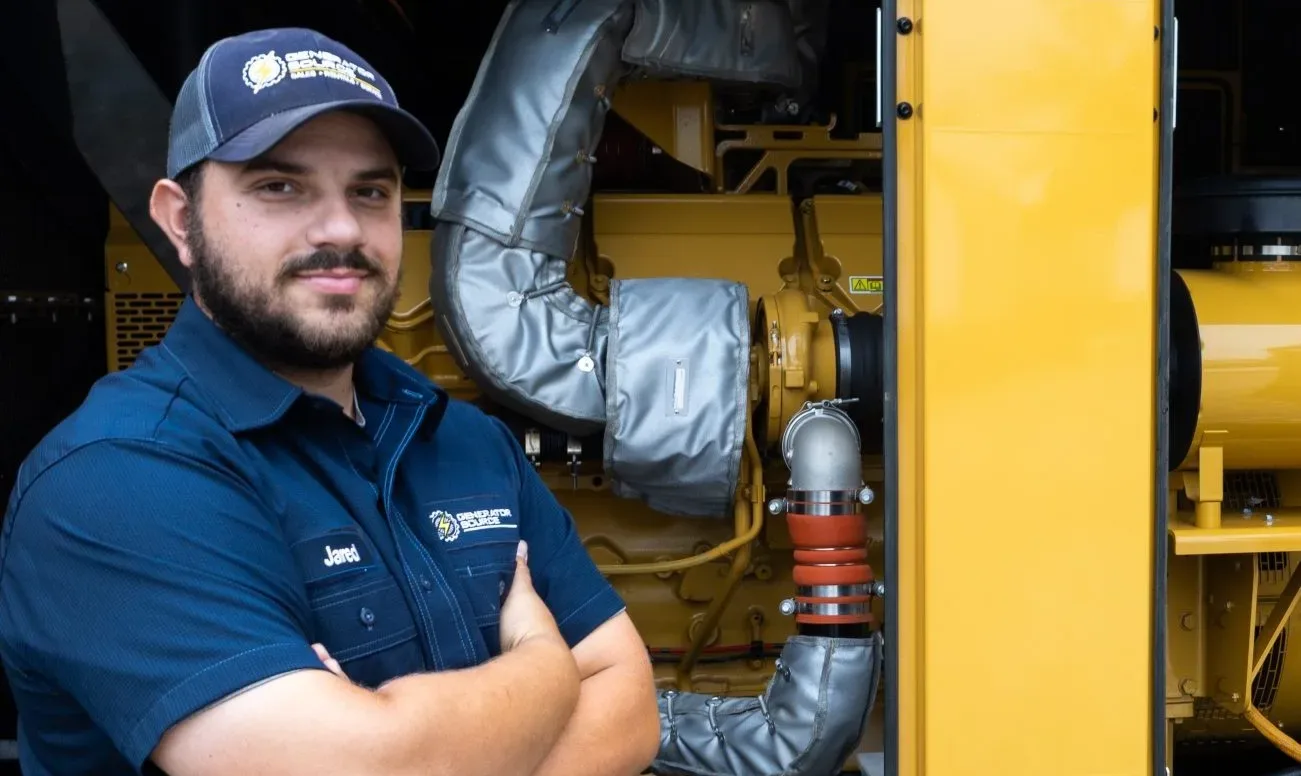1000kW-4000kW Generator FAQ
1000kW-4000kW Generator FAQ
What facilities typically require generators in the 1MW-4MW range?
Generators of this immense capacity are essential for mega data center campuses, large-scale industrial manufacturing complexes (e.g., automotive, chemical), major utility grid support (peaking plants, black start), mining operations, large military installations, and remote power plants.
Are generators in this range exclusively industrial-grade?
Absolutely. Generators from 1MW to 4MW are purpose-built industrial-grade machines, designed for extreme durability, continuous operation, and the most demanding loads, often forming part of critical national or corporate infrastructure.
What are the primary fuel types for 1MW-4MW generators?
Diesel is very common for its high energy density and reliability as standby power. However, due to fuel logistics at this scale and environmental concerns, natural gas is increasingly preferred for prime power or continuous operations where pipeline access is robust. Dual-fuel options also exist.
What is the typical fuel consumption for a 2000kW (2MW) diesel generator at full load?
A 2MW diesel generator at 100% load typically consumes around 130-150 gallons per hour (GPH). This high rate necessitates very large on-site fuel storage solutions and sophisticated fuel management systems.
What natural gas flow rates are needed for 1MW-4MW generators?
A 2MW natural gas generator could require 20,000-24,000 CFH, and a 4MW unit might need 40,000-48,000 CFH or more. Securing adequate high-pressure natural gas utility lines is a significant project requirement.
What size Automatic Transfer Switch (ATS) or switchgear is required for these generators?
ATS/switchgear for 1MW-4MW generators involves highly complex, custom-engineered paralleling switchgear solutions. These systems manage multiple generator inputs, synchronize units, and distribute power to main distribution buses, often rated in the thousands of amps (e.g., 4000A+).
What are the significant challenges in installing generators in the 1MW-4MW range?
Installation involves extensive civil engineering for foundations (often custom designs), highly specialized heavy-haul transport and cranes, complex on-site assembly, large-scale fuel and cooling infrastructure, sophisticated electrical grid integration, and multi-agency environmental and regulatory permitting.
How are noise and emissions strictly controlled for such large generators?
Controlling noise and emissions is paramount. This requires massive, multi-stage sound-attenuated enclosures (often custom-built structures), highly engineered exhaust systems with advanced silencers, and strict adherence to Tier 4 Final for diesel (with large SCR/DPF systems) or advanced lean-burn technologies for natural gas.
What level of sophisticated maintenance is required for 1MW-4MW generators?
These units demand highly specialized, often contract-based, preventative and predictive maintenance. This includes continuous monitoring via advanced BMS integration, detailed fluid analysis, regular component inspections (e.g., turbochargers, fuel injectors), and rigorous load bank testing at very high capacities.
Why is paralleling multiple generators almost always used in this power range?
Paralleling is essential for redundancy (N+X configurations for uptime), unparalleled reliability, exceptional scalability (adding/removing units as load dictates), vastly improved fuel efficiency at varying loads, and the ability to perform maintenance on individual units without disrupting critical operations.
What are the typical physical dimensions and weight of 1MW-4MW generators?
These units are immense. A 1MW enclosed generator can be 25-35 ft long, 8-12 ft wide, 12-15 ft high, and weigh over 60,000-100,000 lbs. A 4MW unit will be significantly larger, often delivered in multiple sections for on-site assembly. Extensive site preparation is mandatory.
What fuel storage infrastructure is necessary for 1MW-4MW diesel generators?
On-site diesel fuel storage often involves capacities from 10,000 gallons to over 50,000 gallons, requiring custom-engineered tank farms with robust spill prevention, automated fuel transfer pumps, and continuous fuel quality monitoring and polishing systems.
How does the cooling system scale for generators of this size?
Cooling systems for 1MW-4MW generators are massive, often utilizing large, remote-mounted radiators or sophisticated closed-loop cooling towers. They require substantial water volumes (for water-cooled systems) and carefully engineered heat rejection strategies to dissipate immense heat loads.
What are the considerations for grid synchronization and interconnection at this capacity?
For utility grid support or continuous power applications, complex grid synchronization studies and equipment are required to ensure the generator can safely and seamlessly connect to and disconnect from the utility grid, complying with all local utility and FERC regulations.
What level of investment should be expected for a 1MW-4MW generator system?
A generator system of this scale represents a significant capital expenditure, typically ranging from hundreds of thousands to several million dollars per unit, not including substantial installation, fuel infrastructure, and ongoing operational costs. This is a strategic investment in long-term power reliability.
Explore our 1000kW-4000kW generators
Still have questions or looking for more information?
Generator Source specializes in low-hour, used, new, and surplus generator sets. We have a wide variety of generator sizes and models to fit any project. We are not a broker, we own what we sell.
Call us today (877-866-6895) or click Contact Us to be connected with one of our experienced sales reps.
We have 350+ generators in stock and ready to ship!
